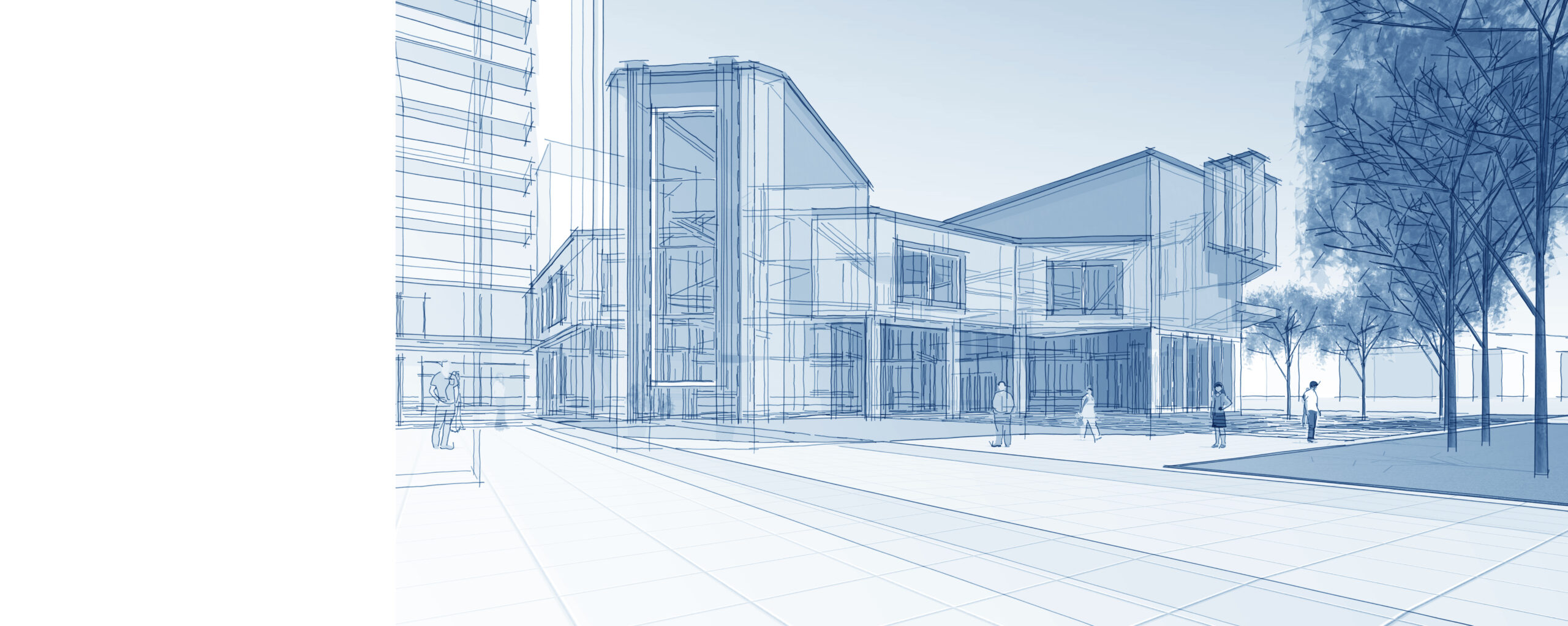By Cornelius (Lee) Alig
When people think about cutting-edge urban design, they often picture megacities like New York, Chicago, or Los Angeles. These places have scale, density, and the resources to fund bold infrastructure and architectural projects. But in my experience, some of the most creative, people-centered urban design is happening not in the big cities, but in smaller, mid-sized ones — especially across the Midwest.
Smaller cities may lack the sheer size and capital of larger metros, but they possess something equally powerful: agility, community buy-in, and the ability to test ideas quickly and at scale. Places like Indianapolis — my home and the city I’ve had the privilege to work in — are proof that small can be mighty when it comes to design innovation.
Flexibility Breeds Innovation
One of the most powerful advantages smaller cities have is flexibility. Unlike large cities, where bureaucracy can stifle new ideas and red tape slows down progress, smaller municipalities are often more nimble and open to experimentation. That flexibility opens the door to pilot projects, public-private partnerships, and grassroots initiatives that would be much harder to execute elsewhere.
Take for example Indy’s cultural trails, neighborhood green spaces, and adaptive reuse projects — they’ve all benefited from tight-knit community involvement and a spirit of collaboration that’s sometimes harder to achieve in larger, more siloed environments.
Designing with Purpose and People in Mind
In smaller cities, urban design is deeply personal. It’s not about chasing global headlines or building the tallest skyscraper. It’s about creating spaces that serve the people who live there every day — families, entrepreneurs, students, seniors. That means designing for walkability, accessibility, and beauty in ways that truly impact how people live, work, and connect.
We’ve seen this firsthand with the revitalization of Mass Ave and Fountain Square in Indianapolis. What used to be underused corridors have been transformed into lively, pedestrian-friendly hubs through intentional streetscape design, public art, and a mix of local businesses. It’s not flashy, but it works — and it puts people at the center of the design process.
Reimagining the Past to Build the Future
Another reason smaller cities are leading in design innovation is their willingness to reimagine old infrastructure and breathe new life into existing spaces. Adaptive reuse is one of the most exciting trends I’ve seen gain traction — and smaller cities are embracing it with creativity and purpose.
Rather than tearing down historic buildings or letting them sit empty, we’re converting warehouses into co-working spaces, schools into community centers, and old theaters into performance venues. This isn’t just sustainable — it preserves our history and culture while supporting economic development.
And because smaller cities often have more available space and less expensive land, they can afford to experiment with how these spaces are used. That’s where real innovation starts.
The Power of Community-Driven Design
Smaller cities have something that’s hard to replicate: a strong sense of community. In design, that translates to more meaningful public engagement and a deeper understanding of what residents truly want and need from their built environment.
When community members are brought into the planning and design process early, the results are richer and more sustainable. In Indianapolis, we’ve seen community-driven projects like pocket parks, neighborhood gateways, and public art installations all thrive because residents had a voice in shaping them.
This level of engagement doesn’t just improve outcomes — it builds trust and pride in the places we call home.
A Model for the Future
If the past decade has shown us anything, it’s that innovation isn’t limited to coastal cities or major metros. In fact, smaller cities are often the ones paving the way for more inclusive, sustainable, and human-centered design.
As an architect and urban advocate, I believe the next big wave of design thinking will continue to come from these “underdog” cities — the places where constraints inspire creativity and where design is always in service of the community, not the other way around.
So when we talk about the future of urban development, let’s not overlook the power of small. Let’s celebrate the ingenuity of places like Indianapolis, Des Moines, Louisville, and countless others who are quietly — and boldly — redefining what cities can be.
Final Thoughts
Great design doesn’t require a massive skyline or a billion-dollar budget. It requires vision, collaboration, and a deep respect for the people who will live, work, and play in the spaces we create. Smaller cities have become laboratories for what’s possible — and I’m proud to be part of that movement.
Urban design is no longer just about efficiency or aesthetics. It’s about impact. And in that sense, smaller cities are not playing catch-up — they’re leading the way.
